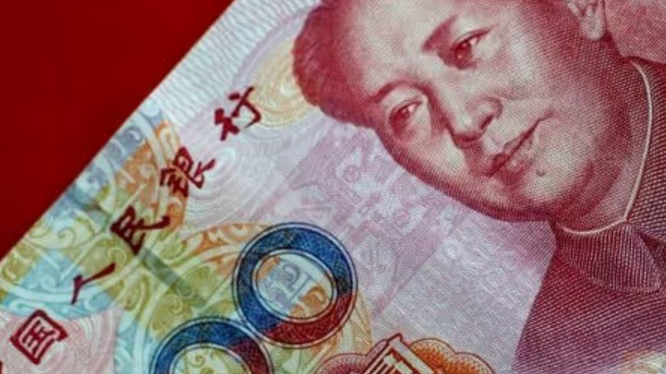SINGAPORE- The dollar was buoyant on Tuesday as political turmoil in France undermined the euro, while tariff risks and weakness in China’s economy pushed the yuan to a 13-month low.
The resurgent yen retreated slightly but remains near six-week peaks on the dollar, as traders are growing in confidence that Japan may hike rates later in December.
The euro which had been the weakest G10 currency through November, began this month with a 0.7 percent fall on Monday and hovered at $1.0487 in the Asia session, as France’s government heads for collapse over a budget impasse.
Improving US manufacturing data and a dive in Chinese bond yields to record lows has pulled the yuan below chart support, sending it shooting towards 7.3 per dollar and opening the way to another bout of broad dollar strength.
“It’s much easier for USD/G10 to go up when USD/CNH isn’t stuck in the mud,” said Brent Donnelly, trader and president of analytics firm Spectra Markets.
China fixed the yuan’s trading band at its weakest in more than a year and traders ran with it to sell the currency at 7.2996 per dollar. It traded at 7.24 on Friday.
The Australian dollar dropped 0.7 percent on Monday and was marginally down at $0.6472. Economic data was mixed, with a a bigger-than-forecast current account deficit countered by a jump in government spending that is likely to boost growth. The New Zealand dollar inched 0.2 percent lower to $0.5876.
The yen the only G10 currency to gain on the dollar last month, touched its strongest since late October on Monday at 149.09 to the dollar and was last at 150.15. Market pricing implies a near 60 percent chance of a 25 basis point rate hike in Japan later in December.





